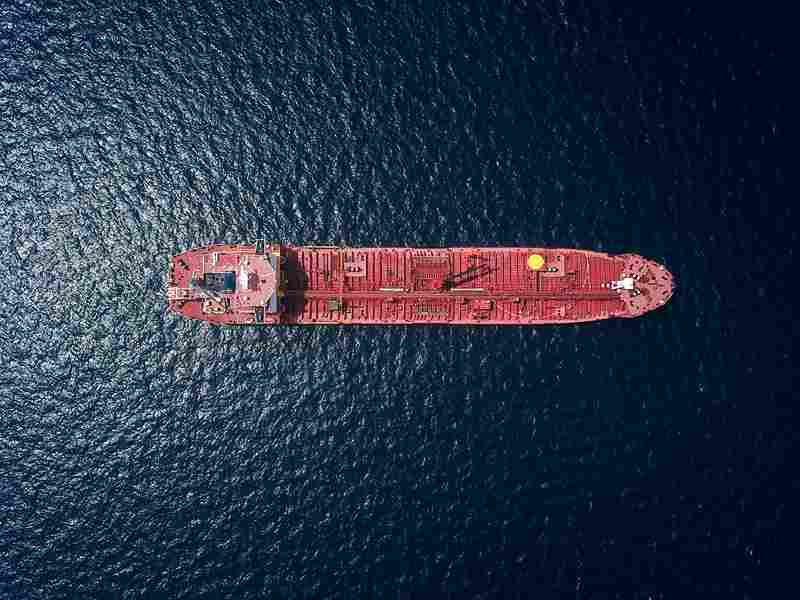
Comparative Study of Bunker Fuel Grades: ISO 8217 Standards
Introduction
Bunker fuels are indispensable for the maritime sector, serving as the primary energy source for vessel propulsion and onboard operations. The International Organization for Standardization (ISO) meticulously defines bunker fuel specifications through ISO 8217 standards to ensure safety, efficiency, and environmental responsibility. These standards categorize marine fuels into distinct grades based on parameters such as viscosity, sulfur content, density, stability, and engine compatibility. This article provides a comprehensive comparative analysis of bunker fuel grades as outlined in ISO 8217, emphasizing their characteristics, applications, and implications for maritime activities.
Overview of ISO 8217 Standards
ISO 8217 establishes a rigorous framework for classifying marine fuels into various grades, each tailored to meet specific operational and environmental requirements. Key parameters addressed by the standard include:
- Viscosity: Determines the fuel’s flow resistance at a specified temperature, crucial for optimal combustion and engine performance.
- Sulfur Content: Specifies maximum permissible sulfur levels to mitigate sulfur oxide (SOx) emissions, aligning with global environmental regulations.
- Density: Indicates the mass per unit volume of the fuel, influencing storage, handling, and combustion characteristics.
- Compatibility: Ensures fuels are compatible with marine engine systems to prevent operational issues and damage.
- Stability: Refers to the fuel’s ability to resist degradation and the formation of sediments during storage and transportation.
Comparative Analysis of Bunker Fuel Grades
ISO 8217 categorizes bunker fuels into several grades, each tailored to specific operational and environmental needs. The comparative analysis focuses on the following commonly used grades within the maritime industry:
1. IFO (Intermediate Fuel Oil)
- Characteristics: Typically a residual fuel oil with higher viscosity and sulfur content.
- Applications: Primarily used in large marine engines and power plants requiring robust fuels with high energy density.
- Considerations: Requires efficient emission control systems due to its higher sulfur content.
2. MGO (Marine Gas Oil)
- Characteristics: Distillate fuel with lower viscosity and sulfur content compared to IFO.
- Applications: Suitable for engines requiring cleaner fuels with lower emissions, including smaller vessels and those operating in Emission Control Areas (ECAs).
- Considerations: Higher cost relative to IFO but complies with stricter environmental regulations.
3. LSFO (Low Sulfur Fuel Oil)
- Characteristics: Residual fuel oil with reduced sulfur content, typically ≤ 0.50% to comply with global sulfur caps.
- Applications: Preferred choice for vessels operating outside ECAs, balancing compliance with operational efficiency.
- Considerations: Requires careful handling to maintain stability and prevent contamination.
4. ULSFO (Ultra Low Sulfur Fuel Oil)
- Characteristics: Similar to LSFO but with sulfur content ≤ 0.10%, meeting stringent ECA regulations.
- Applications: Essential for vessels navigating within designated ECAs to minimize SOx emissions.
- Considerations: Higher cost and limited availability compared to higher sulfur fuels.
Implications for Maritime Operations
The selection of bunker fuel grades significantly impacts maritime operations, influencing fuel efficiency, engine performance, regulatory compliance, and operational costs. Key implications include:
- Environmental Compliance: Choosing fuels that adhere to international sulfur emission regulations (e.g., MARPOL Annex VI) to ensure sustainability and avoid penalties.
- Engine Compatibility: Ensuring bunker fuels are compatible with marine engine systems to maintain operational reliability and prevent downtime.
- Operational Efficiency: Balancing fuel cost considerations with environmental and regulatory requirements to optimize fleet operations.
Future Trends and Considerations
As the maritime industry advances towards sustainability and cleaner fuels, future trends in bunker fuel grades may include:
- Alternative Fuels: Increased adoption of biofuels, LNG, and hydrogen to reduce greenhouse gas emissions and enhance environmental performance.
- Technological Advancements: Development of advanced refining techniques and additives to improve fuel efficiency and reduce emissions.
- Regulatory Developments: Continued evolution of international standards and regulations influencing bunker fuel specifications and compliance requirements.
Conclusion
ISO 8217 standards provide a structured framework for evaluating and selecting bunker fuel grades based on specific operational needs and environmental considerations. Understanding the characteristics and applications of various grades—such as IFO, MGO, LSFO, and ULSFO—empowers maritime stakeholders to make informed decisions that optimize fuel performance, ensure regulatory compliance, and promote sustainable maritime operations globally. Continuous adherence to ISO standards and adaptation to emerging trends will be pivotal in shaping the future of bunker fuels and supporting environmentally responsible shipping practices.





